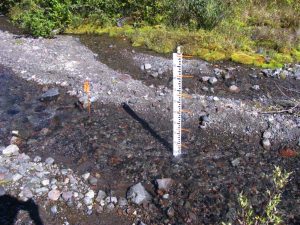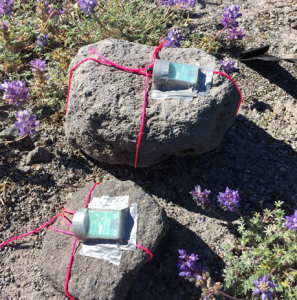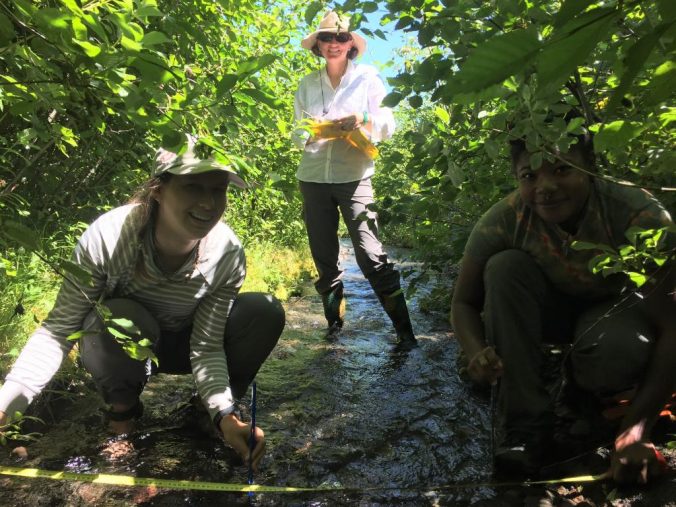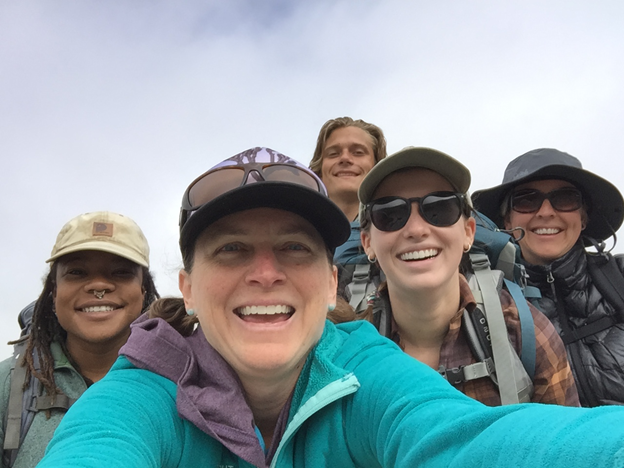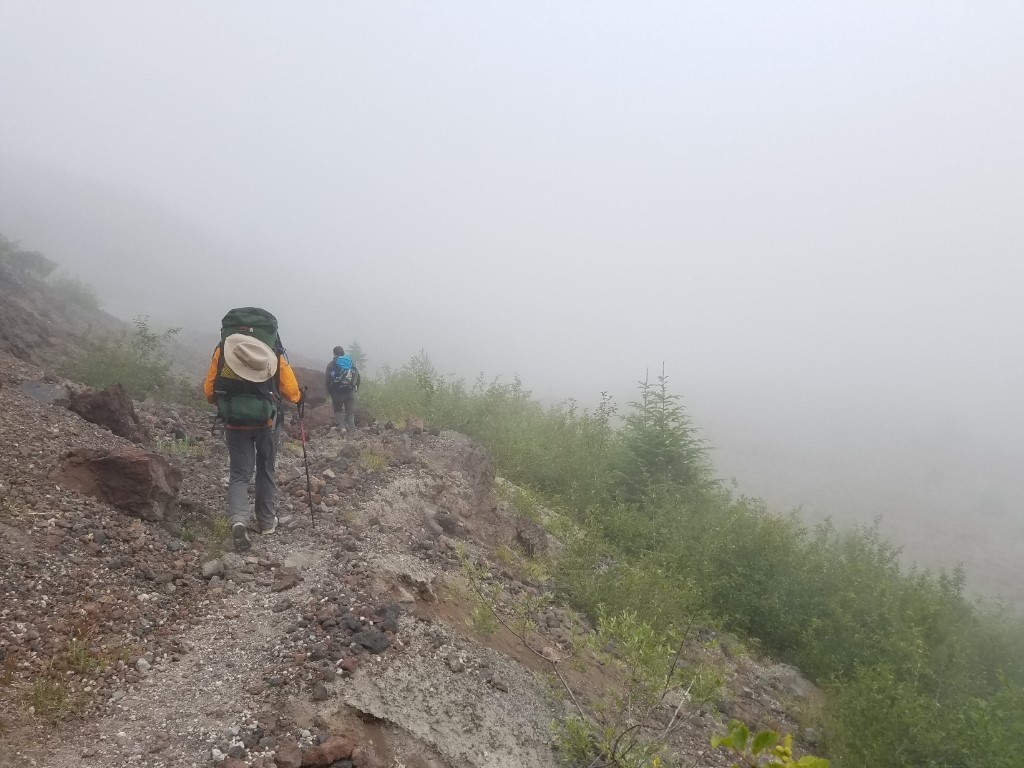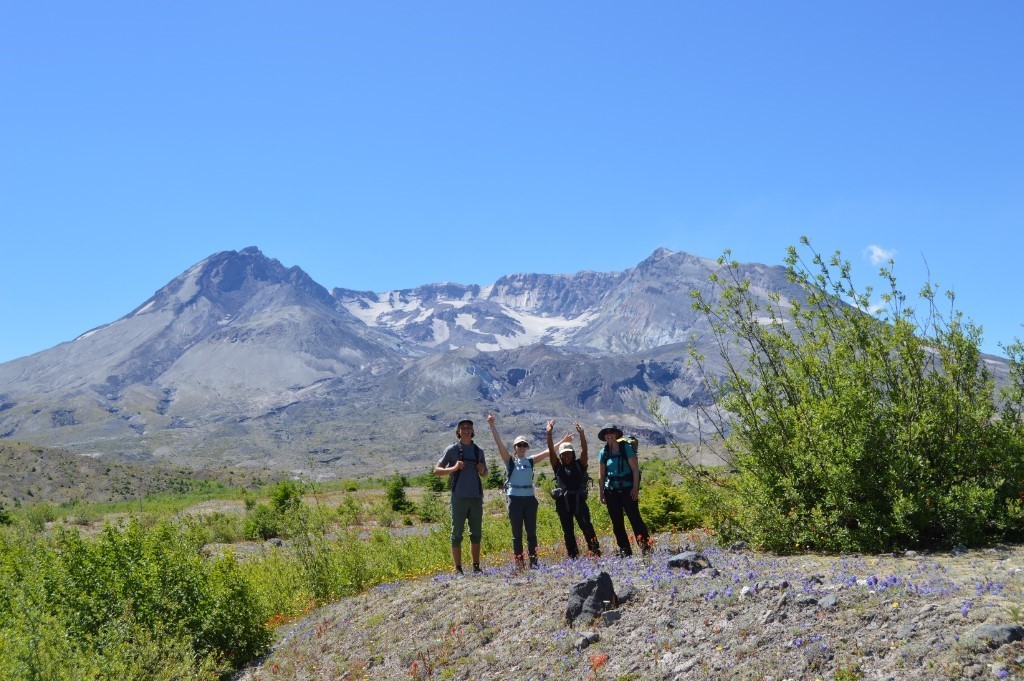When Mount St. Helens erupted, it resulted in a massive landslide that buried existing forests, streams, and watersheds. Since the eruption, five (5) novel watersheds have developed on the Pumice Plain. These streams on the north face of MSH have been our team’s main interest.
Undergraduates, faculty and collaborators have been able to conduct studies on environmental variation and biotic communities across these watersheds to address in-stream primary succession because of the unique ecosystem the eruption of MSH created.
We are especially interested in how riparian plants influence stream channel dynamics, increase shade, and input organic matter to these newly developing streams. Stay tuned for more about how willow sex differences and a wandering weevil alter in-stream ecosystem function!
